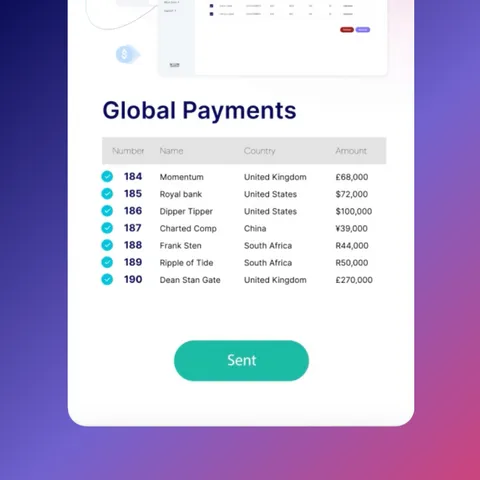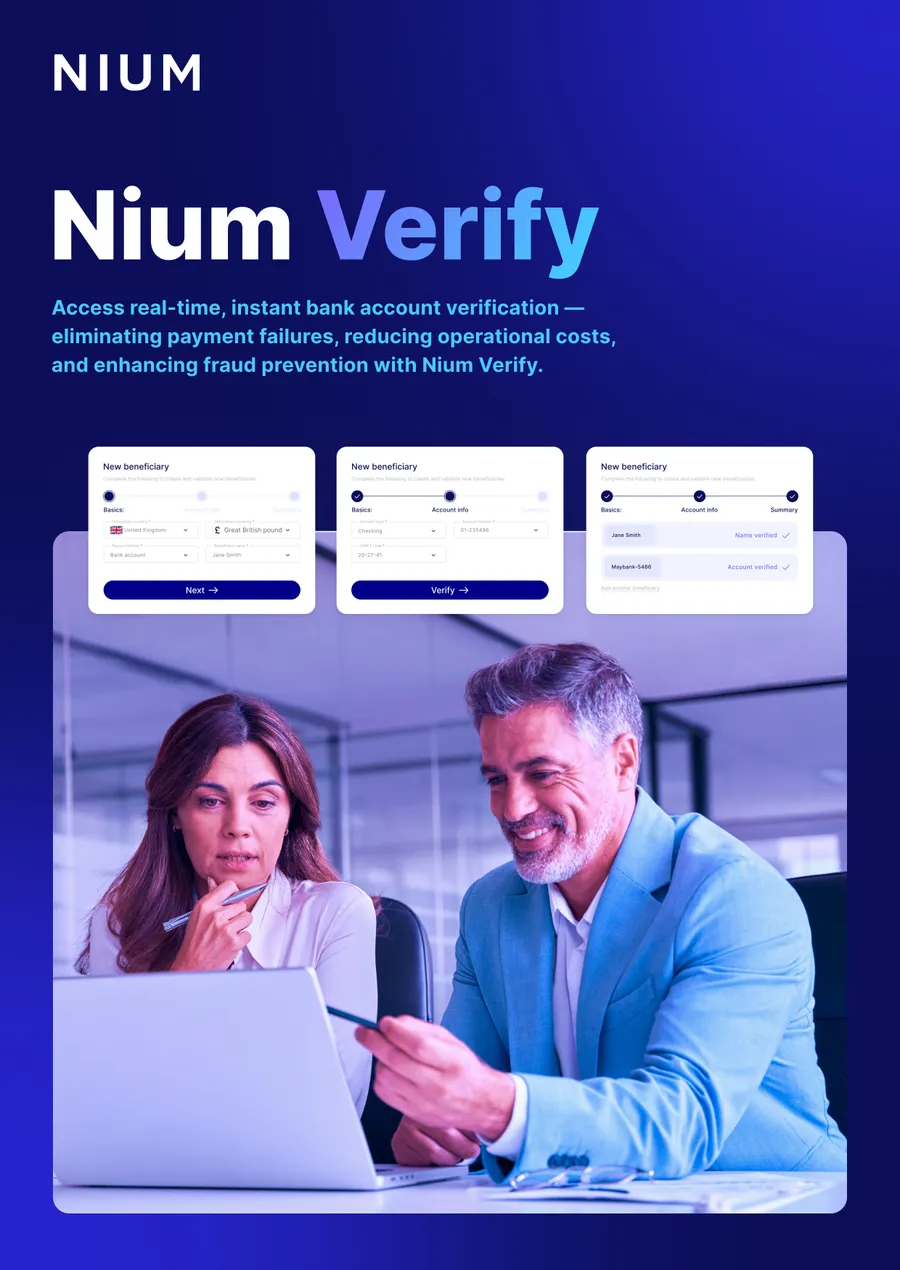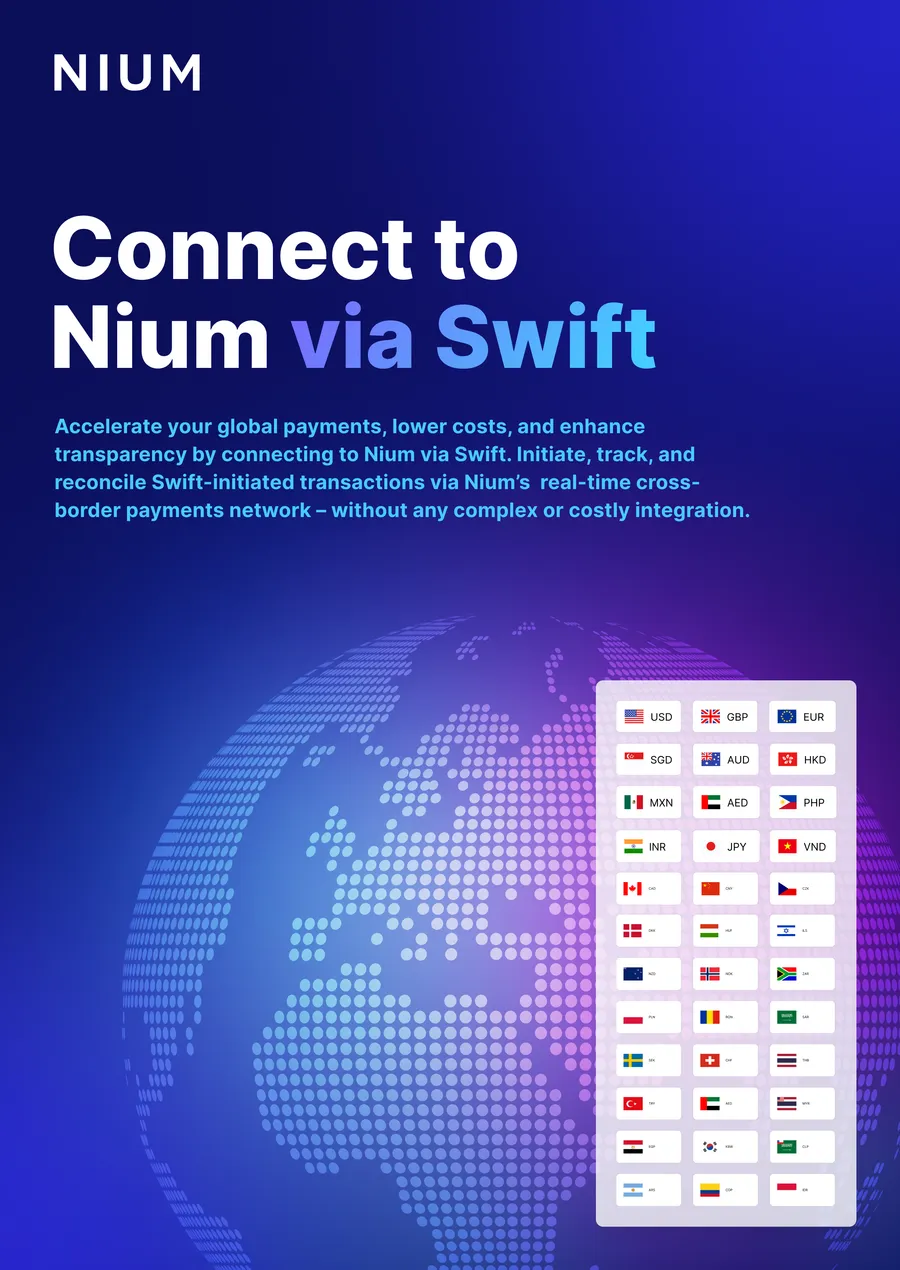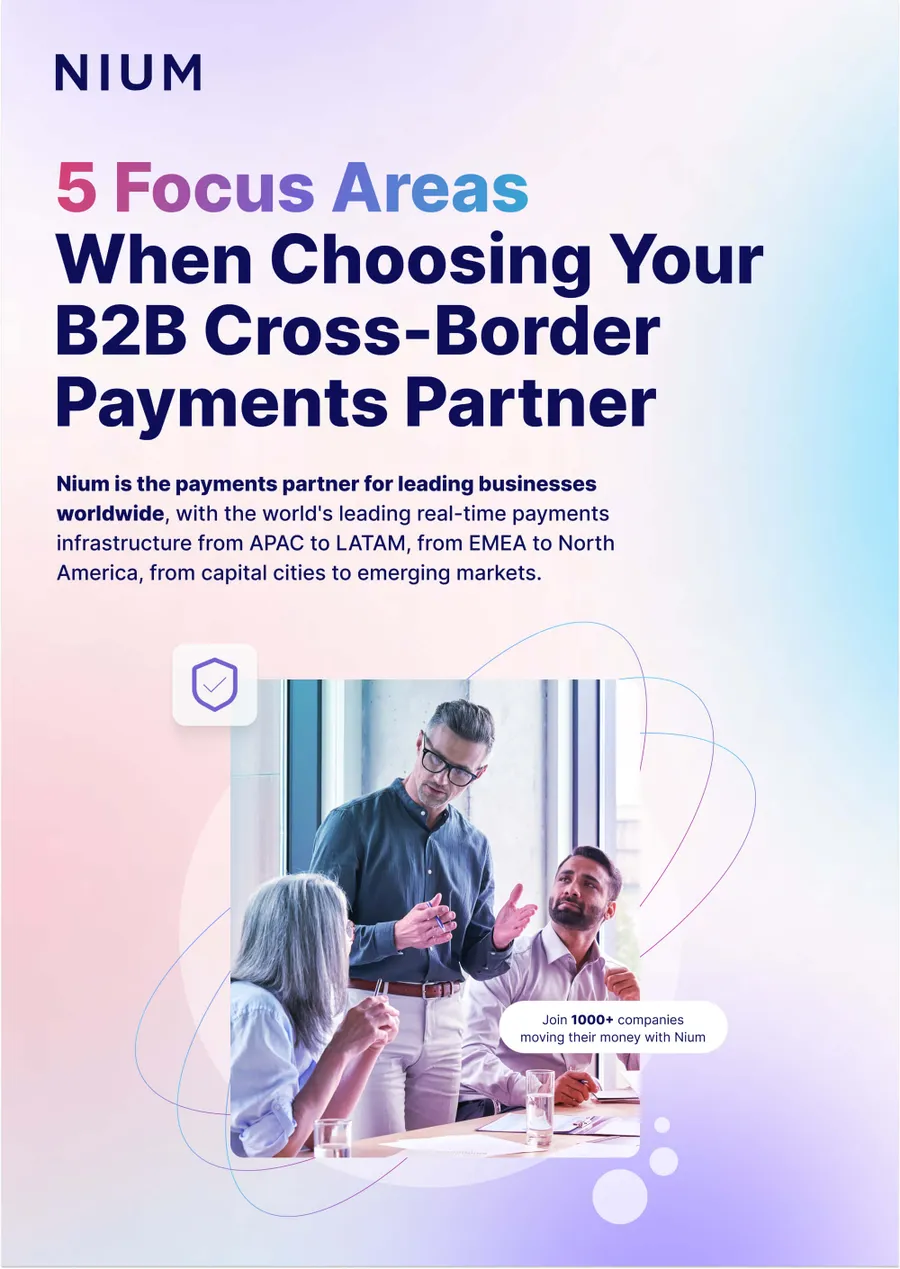In five years, B2B marketplace purchases are predicted to make up 30% of all corporate sales.
It’s not surprising: on one side, marketplaces are providing small business suppliers better access to the B2B industry. On the other, they are also offering established businesses a wider pool of suppliers and an opportunity to unlock new growth opportunities.
In 2021, supply chains are struggling to meet demand while 74% of B2B buyers report researching at least half of their work purchases online. All this points towards online marketplaces being key towards digital transformation and a better, more holistic customer experience.
How B2B companies can benefit from marketplaces
SMBs have traditionally been expensive and difficult to reach, which often results in them being overlooked in the larger business ecosystem. Enter vertical marketplaces. These are marketplaces that are focused on specific sectors and serve a niche product category to a highly targeted audience.
Since vertical marketplaces are more specialised, emerging or below-the-radar businesses, such as niche businesses, new suppliers and new buyers – can now be aggregated into one platform.
It’s a trend that increases visibility and essentially democratises the supply chain. Buyers and sellers can now increase their market share and implement expansion strategies by simply joining a platform or marketplace and discover peers.
But that’s just the tip of the iceberg – let’s check out other benefits to joining a vertical B2B marketplace:
- Removes friction: traditionally, supply chain inefficiencies create quite a bit of friction in business, causing procurement professionals to spend hours on repetitive, tactical tasks. Marketplaces can eliminate a large part of this, allowing procurement managers to spend more time on strategy.
- Enables more productive partnerships: marketplaces enable greater price and product transparency. It’s a framework especially beneficial for fragmented verticals where companies prefer to source from several suppliers to meet specific needs.
With marketplaces, businesses can do their research, compare prices and read customer ratings and reviews. This helps buyers refine their due diligence processes and therefore partner with a seller that suits them best.
- Improves the customer experience: embedded finance and integrated payments are becoming more of the norm, and more buyers and sellers are choosing to pay with alternative payment methods. Marketplaces have an opportunity to offer an improved customer experience by allowing buyers and sellers credit at the point of sale, multiple payment options and personalised financial services.
- Takes businesses online: marketplaces often act as the stepping stone for businesses who are bringing their offline transactions online for the first time. With “going digital” becoming more of a requirement than a nice-to-have, businesses can easily start their digital transformation journey by joining a marketplace. Many of the businesses that are served by these emerging niche-vertical marketplaces have not enjoyed the same innovation and digitization in their business and have been lagging behind. These marketplaces change the game for them and speak to their needs.
- Connects buyers and suppliers: vertical marketplaces connect buyers and sellers within a specific niche, where buyers have common needs. The result is a customer experience that is much more defined and focused on self-service, helping businesses save time and money they would otherwise spend on hiring additional procurement managers.
- Enables communities and trust: the B2B eCommerce market is experiencing massive growth, but the threat of Amazon and Alibaba always looms. However, B2B marketplaces have an advantage over the behemoths: they can build real communities where participants trust and know each other. Being part of a marketplace is a key strategy to outmanoeuvring large corporations.
Examples of B2B vertical marketplaces
What are some examples of B2B vertical marketplaces that effectively address the needs of their target audiences?
One interesting example is Mable, a B2B grocery marketplace that provides enterprise software that connects the entire grocery supply chain, including brands, distributors and retailer stores. Grocers currently spend 25% of their time on procurement and replenishment, so offering them a platform where they can order everything from one place helps solve a big pain point.
Another vertical B2B marketplace example is Chemnet, a global chemical network that allows businesses to buy any chemical component necessary, including dyes, instruments and agrichemicals. There is also Arrow, a marketplace that brings together several hundreds of thousands of electronic technology manufacturers for home use.
These are all marketplaces that focus on one industry, however, there are also B2B marketplaces that focus on providing the infrastructure that power marketplaces. One such example is Tackle, a platform that helps software vendors integrate their own marketplaces.
With “marketplace-as-a-service” providers, we’ll see more buyers and suppliers set up their own niche marketplaces. This trend will further reduce supply chain friction, connect more buyers to suppliers and open up new opportunities for monetisation.
The role of integrated experiences in procurement
More businesses are now seeking B2C-like buying experiences when it comes to procurement. Buyers want to be able to compare prices, read customer reviews and enjoy a more holistic customer experience when purchasing from a supplier.
One of the best ways to offer a more B2C-like experience is enabling embedded payments. Just like consumers, businesses want to be able to split payments, apply for credit and pay with their preferred payment methods. Vertical marketplaces can facilitate these types of integrated experiences.
For example, a marketplace might choose to offer business loans or invoice factoring at the point of sale. The platform can then integrate with a buyer’s third party processing system and analyse their financials, and then offer personalised credit through their own credit scoring system.
An integrated payment system enables multiple payment options, a greater choice of currencies and cheaper cross border payments. These additional benefits will help marketplace participants penetrate new markets, reduce the burden of meeting country-specific regulations and increase their own customer retention – something we’re already seeing take place on Nium’s platform.
With payment integration, marketplaces also have a better way of monetising their business. Credit products and personalised supply chain services can provide sources of income, as well as build stronger relationships within the platform.
Vertical B2B marketplaces are democratising procurement. Small businesses can increase their visibility, buyers can diversify their suppliers and all participants can engage in a much more modern and intuitive user experience. With embedded finance becoming more of the norm, we believe that integrated payments play an essential role in helping B2B marketplaces become the standard in procurement.
Enhance Your Payment Platform
Discover how B2B marketplaces can benefit from improved payment processes.






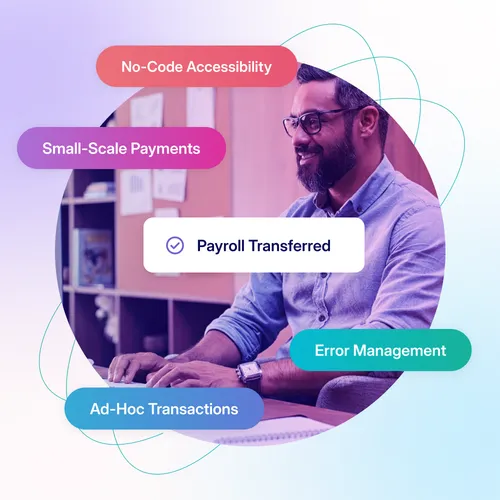
.png@webp)


